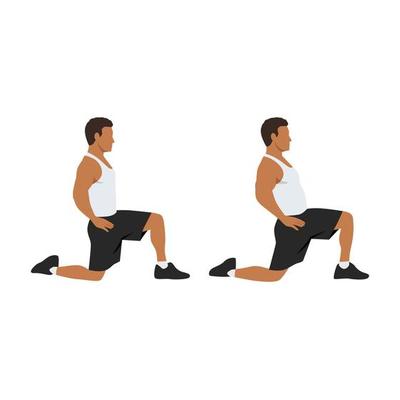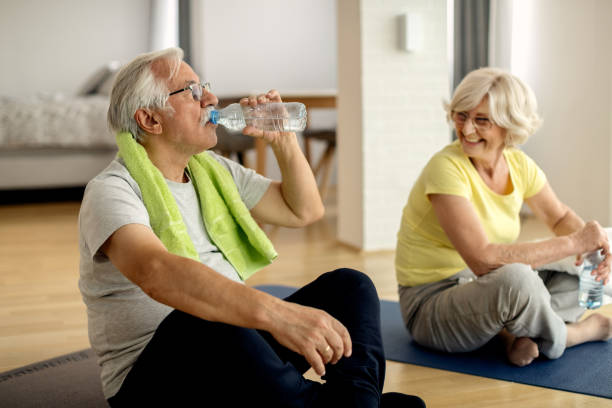
After the big 4-0, you start noticing things about your body that weren’t as obvious before. Maybe the old knees creak a little more, or it takes longer to bounce back from a game of pick-up basketball with the guys at work. One thing that can sneak up on you is a decrease in flexibility. This can contribute to aches, pains, and decreased mobility. However, you’re not destined to become stiff and immobile. In fact, I’ve stumbled upon a few strategies that have worked wonders for me, and I’m keen to share them. I’ll also highlight a few interesting reads that will keep your mind flexible while you’re at it!
1. Stretch Daily
Consistency is key when it comes to maintaining and improving flexibility. Incorporating a daily stretching routine into your schedule can go a long way. However, not all stretches are created equal. If you’re looking for a comprehensive program, Mike Westerdal’s Unlock Your Hip Flexors offers a structured approach to releasing tight hip flexors – a common issue among us older guys.

2. Stay Hydrated
Water is vital for overall health and particularly important for muscle elasticity. Our muscles are 79% water, and dehydration can lead to stiffness. So, make sure to drink enough water, but also consider the quality of your water.

3. Yoga and Pilates
These low-impact exercises are perfect for those over 40. They encourage movement, flexibility, and strength in a gentle, non-jarring manner. For men specifically, there are 6 key asanas in yoga that can improve health and flexibility.
4. Regular Exercise
In addition to stretching and yoga, regular aerobic exercise and strength training are important for maintaining flexibility. It’s about keeping your body moving and active. If you’re looking for some additional inspiration, these simple exercises can help boost men’s vitality.
5. Balanced Diet
Eating a balanced diet rich in vitamins and minerals can improve muscle function and flexibility. Foods high in magnesium such as spinach, nuts, and seeds are particularly good for muscle flexibility.
:max_bytes(150000):strip_icc()/VWFit-Meal-Plan-Journey-1-Week-Healthy-and-Balance-Meal-Plan-6ee43578918947a4b687922d614f2be3.jpg)
6. Use Heat and Cold Therapy
Heat can help increase flexibility by increasing blood flow and relaxing muscles, while cold can help reduce inflammation and pain after exercise.
The key to remember here is it’s never too late to work on your flexibility. It requires consistency, but the benefits are worth it – less pain, improved posture, better balance, and more freedom to do the things you love. So, here’s to staying bendy over 40!
The Role of Sleep in Flexibility
We often underestimate the role sleep plays in our overall health and wellbeing, including our flexibility. During sleep, our body repairs itself, including our muscles and tissues. When you’re well-rested, your body can effectively repair and replenish these tissues, leading to improved flexibility and reduced muscle stiffness. Prioritize good sleep hygiene, aiming for seven to nine hours of quality sleep per night. Try to maintain a consistent sleep schedule, ensure your sleep environment is conducive to rest, and avoid caffeine and electronic devices close to bedtime.
Mind-Body Connection in Flexibility

In addition to physical practices, mental wellness plays a significant role in your body’s flexibility. Stress, for example, can lead to physical tension and muscle stiffness. Practicing mindfulness and relaxation techniques such as meditation can help to relieve this tension, contributing to increased flexibility. Just as we exercise our bodies, exercising our minds through these practices can result in notable physical benefits.
The Importance of Patience and Consistency
As with any fitness or health endeavor, improving flexibility is not an instantaneous process. It requires consistency, patience, and time. The more regularly you practice the above techniques, the greater your results will be. Set realistic goals, listen to your body, and adjust as needed. Remember that it’s about progress, not perfection. The journey to improved flexibility is just that – a journey. Enjoy it, and celebrate each small victory along the way.





